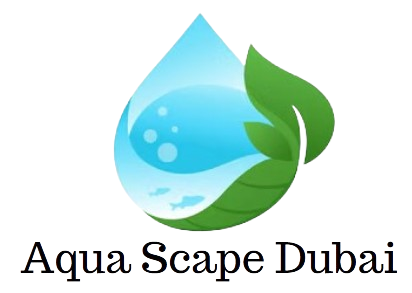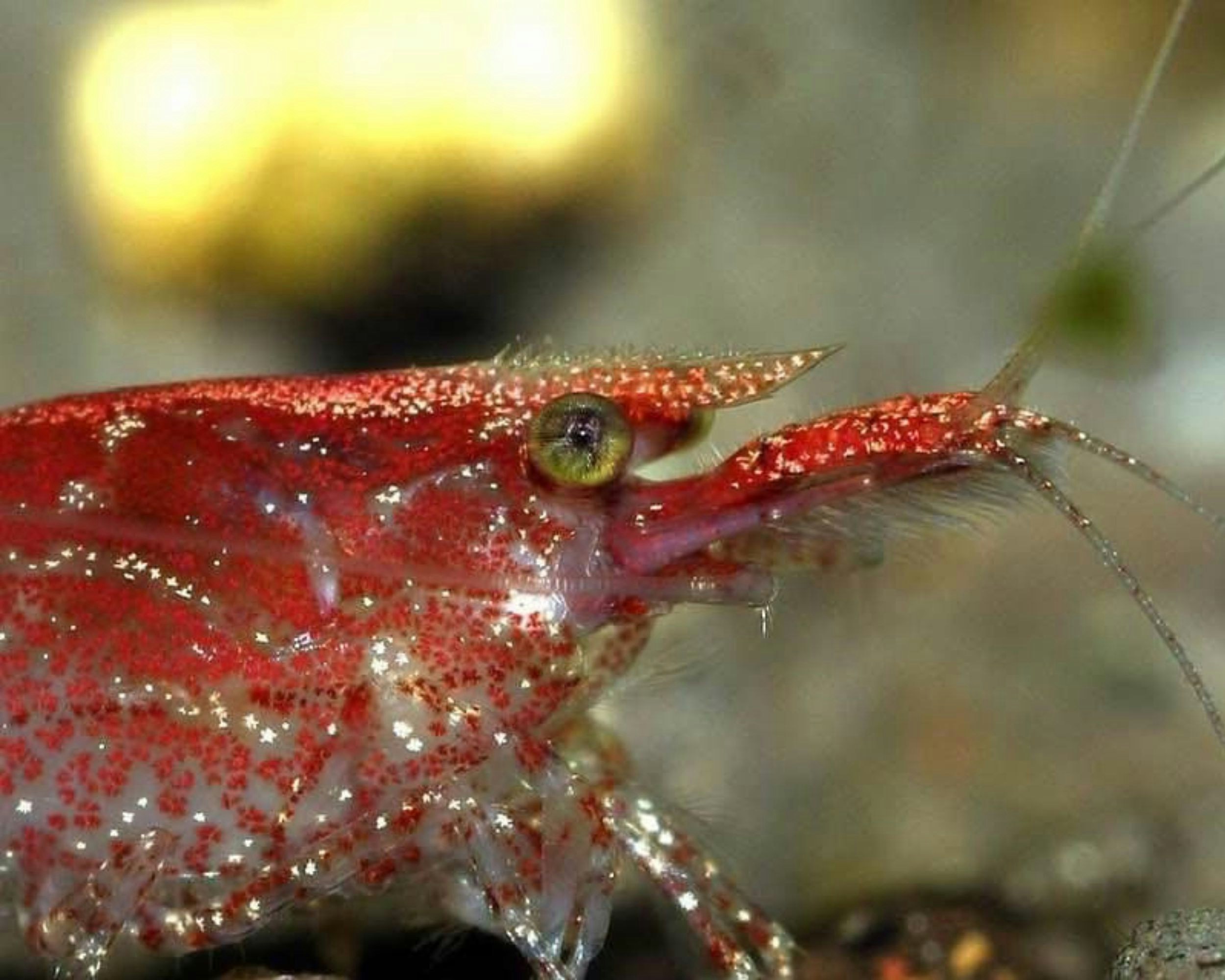Do Cherry Shrimp Eat Algae?
Cherry shrimp are natural algae eaters, and they can play a significant role in maintaining a healthy and balanced ecosystem in your aquarium. They have a specialized mouthpart called a “scavenging rostrum” that allows them to scrape algae off surfaces, such as rocks, plants, and even the glass of the aquarium. This makes them excellent cleaners, helping to keep your tank free from excessive algae growth.
When it comes to the types of algae that cherry shrimp eat, they are not picky eaters. They will happily consume different forms of algae, including green algae, diatoms, and even some types of blue-green algae. This makes them a valuable addition to any aquarium that struggles with algae problems.
It’s important to note that while cherry shrimp are effective algae eaters, they should not be solely relied upon to control algae growth in your tank. They should be considered as part of a comprehensive approach to algae management, which may include regular water changes, proper lighting, and the use of algae-eating fish or other invertebrates.
In addition to their algae-eating abilities, cherry shrimp also contribute to the overall health of the aquarium by consuming organic debris and leftover fish food. They are efficient scavengers and will diligently search for any bits of food or waste that may have settled on the substrate. This helps to prevent the accumulation of excess nutrients in the tank, which can lead to water quality issues and algae blooms.
Furthermore, cherry shrimp are not only beneficial for their cleaning abilities but also for their aesthetic appeal. Their vibrant red coloration adds a beautiful splash of color to any aquarium, making them a popular choice for aquarists looking to create visually stunning displays.
Why Do Cherry Shrimp Eat Algae?
Algae is a common problem in many aquariums. It can quickly overtake the tank, covering surfaces and making the environment unsightly. Excessive algae growth is not only unattractive but can also be harmful to the overall health of the aquarium. This is where cherry shrimp come in. They are natural algae eaters and can help to keep your tank clean and free from excessive algae.
Cherry shrimp, also known as Neocaridina heteropoda, are small freshwater crustaceans that are native to Taiwan. They are popular among aquarium enthusiasts for their vibrant colors and their ability to thrive in a wide range of water conditions. But one of the main reasons why cherry shrimp are highly sought after is their voracious appetite for algae.
Algae, which is a type of plant-like organism, thrives in aquariums due to the presence of nutrients such as nitrates and phosphates. These nutrients can come from various sources, including fish waste, uneaten food, and decaying plant matter. When these nutrients are present in abundance, algae can quickly multiply and cover surfaces in the tank.
However, cherry shrimp have evolved to feed on algae as part of their natural diet. They have specialized mouthparts called mandibles that allow them to scrape and graze on the surfaces where algae grow. They can consume different types of algae, including green, brown, and even red algae. This makes them highly effective at keeping the aquarium clean and preventing excessive algae growth.
In addition to their algae-eating abilities, cherry shrimp also provide other benefits to the aquarium ecosystem. They are known to eat detritus, which is a combination of organic matter and waste that accumulates at the bottom of the tank. By consuming detritus, cherry shrimp help to prevent the buildup of harmful substances and maintain water quality.
Furthermore, cherry shrimp are known to be peaceful creatures that coexist well with other fish and invertebrates. Their small size and non-aggressive nature make them suitable tankmates for a wide variety of aquatic species. This makes them a popular choice for community aquariums where a diverse range of fish and invertebrates are kept together.
When it comes to keeping cherry shrimp in an aquarium, it is important to provide them with a suitable environment. This includes providing adequate hiding places, such as plants and decorations, to make them feel secure. It is also crucial to maintain water parameters within their preferred range, including temperature, pH, and hardness.
How Do Cherry Shrimp Eat Algae?
Cherry shrimp have specialized mouthparts that allow them to scrape algae off surfaces. They use their front pincers, called chelipeds, to grab onto the algae and pull it into their mouths. Once the algae is inside their mouths, they use their small teeth-like structures to break it down and consume it. Cherry shrimp are particularly effective at eating soft green algae, but they can also consume other types of algae, such as brown or black beard algae.
Cherry shrimp are known for their voracious appetite for algae, making them excellent natural cleaners for aquariums. Their ability to eat algae not only helps to maintain the aesthetic appeal of the tank but also contributes to the overall health and well-being of the aquatic environment. By consuming algae, cherry shrimp play a crucial role in controlling its growth and preventing it from overtaking the tank.
While cherry shrimp are effective algae eaters, it’s important to note that they may not be able to completely eliminate it. If your tank has a severe algae problem, it’s recommended to address the underlying causes of the algae growth, such as excessive light or nutrient imbalance, in addition to adding cherry shrimp to help keep it in check. Creating a balanced ecosystem within the tank is essential for the long-term success of both the shrimp and the overall aquatic environment.
Furthermore, cherry shrimp not only consume algae but also feed on various organic matter and detritus present in the tank. This includes uneaten fish food, dead plant material, and decaying organic waste. Their scavenging behavior helps to maintain water quality by preventing the accumulation of organic debris that can lead to ammonia spikes and other harmful water parameters.
When it comes to feeding cherry shrimp, it’s important to provide them with a well-balanced diet. While they are excellent algae eaters, it’s essential to supplement their diet with high-quality shrimp pellets or flakes specifically formulated for their nutritional needs. These commercial foods often contain essential vitamins, minerals, and proteins that contribute to the overall health and vitality of the shrimp.
In addition to commercial foods, cherry shrimp also benefit from the presence of live plants in the tank. Live plants provide a natural food source for the shrimp, as they consume biofilm and other microorganisms that grow on the plant surfaces. The presence of live plants not only enhances the aesthetic appeal of the tank but also provides additional hiding places and grazing areas for the shrimp.
Other Benefits of Having Cherry Shrimp in Your Aquarium
Aside from their algae-eating abilities, cherry shrimp offer several other benefits to your aquarium ecosystem. Here are a few reasons why you might consider adding cherry shrimp to your tank:
1. Natural Cleanup Crew
Cherry shrimp are excellent scavengers and will happily eat leftover fish food, decaying plant matter, and other organic debris in your tank. They help to keep the tank clean and prevent the buildup of waste, which can lead to poor water quality and potential health issues for your fish.
2. Fascinating to Watch
Cherry shrimp are highly active and entertaining to observe. They constantly scuttle around the tank, foraging for food and interacting with their environment. Their bright red coloration adds a vibrant pop to your aquarium, making it visually appealing.
3. Breeding Potential
If you provide the right conditions, cherry shrimp are prolific breeders. This can be a fascinating process to witness, as the females carry their eggs underneath their bodies until they hatch. Watching the tiny shrimp fry grow and develop is a rewarding experience for many aquarists.
4. Compatibility with Many Fish Species
Cherry shrimp are generally peaceful and can coexist with a wide range of fish species. However, it’s important to choose tankmates that are not aggressive or prone to eating shrimp. Some suitable tankmates for cherry shrimp include small peaceful fish like neon tetras, guppies, or rasboras.
5. Natural Algae Control
In addition to their scavenging capabilities, cherry shrimp are also effective at controlling algae growth in your aquarium. They have a voracious appetite for algae and will happily graze on it throughout the day. This can help to keep your tank’s algae levels in check, providing a healthier and more balanced environment for your fish and plants.
6. Low Maintenance
Cherry shrimp are relatively low maintenance creatures, making them an ideal choice for beginner aquarists. They are hardy and adaptable, able to thrive in a wide range of water conditions. Additionally, they do not require specialized equipment or expensive food, making them a cost-effective addition to your aquarium.
7. Educational Value
Having cherry shrimp in your aquarium can provide educational opportunities for both children and adults. Observing their behavior and life cycle can teach valuable lessons about biology, reproduction, and the delicate balance of ecosystems. It can also foster a sense of responsibility and appreciation for the natural world.
Summary
Overall, cherry shrimp are a valuable addition to any aquarium. They offer numerous benefits, from their natural cleanup abilities to their compatibility with other fish species. Whether you are a seasoned aquarist or a beginner, these vibrant and fascinating creatures can enhance the beauty and health of your aquatic environment. Cherry shrimp are excellent algae eaters that can help to keep your aquarium clean and free from excessive algae growth. However, it’s important to remember that they should be part of a comprehensive approach to algae management, and their diet should be supplemented with other sources of food to ensure their overall health and well-being.

